Weird and Wonderful Prebiotic Foods for a Happy Gut
Gut health might be trending, but it’s far from a fad—your microbiome is the engine room of your entire body, quietly influencing everything from digestion and immunity to mood and brain function. And while probiotics often steal the spotlight, the unsung heroes are prebiotics: the non-digestible fibers that feed your good bacteria and help them thrive. Think of them as the fertilizer in your internal garden. In this guide, we’ve expanded our list to 21 Weird and Wonderful Prebiotic Foods for a Happy Gut—surprising, flavorful, and seriously effective ingredients that go beyond the usual suspects. From funky roots to overlooked greens, these foods nourish your microbiome in unexpected ways. Whether you’re a wellness junkie or just trying to feel better day to day, adding these quirky gut-lovers to your plate could be the missing link. Curious? Let’s get weird—and give your gut something to smile about.
1. Chicory Root: The Unsung Hero

Chicory root is often overshadowed by its more popular relatives, such as coffee and dandelion. However, it is a powerhouse of prebiotic fibers, particularly inulin, which constitutes up to 68% of its weight. Inulin is a type of soluble fiber that ferments in the colon, serving as a food source for beneficial bacteria. This fermentation process enhances gut health by increasing the production of short-chain fatty acids, which are crucial for maintaining the integrity of the gut lining. Additionally, chicory root has been shown to improve bowel regularity and reduce constipation. Its slightly nutty and earthy flavor makes it a versatile ingredient that can be roasted and ground as a coffee substitute or added to dishes for a nutritional boost.
2. Jerusalem Artichoke: The Sunroot Sensation

Also known as sunchokes, Jerusalem artichokes are tuberous roots that are rich in inulin. Despite their name, they are not related to artichokes but are a type of sunflower. Jerusalem artichokes are particularly beneficial for those looking to increase their fiber intake without drastically altering their diet. They can be consumed raw, cooked, or even pickled, offering a nutty, sweet flavor that complements a variety of dishes. It is believed that regular consumption of Jerusalem artichokes can enhance mineral absorption, particularly calcium and magnesium, which are vital for bone health. Their prebiotic properties support a balanced gut microbiota, potentially reducing the risk of gastrointestinal infections and inflammation.
3. Dandelion Greens: A Bitter Delight
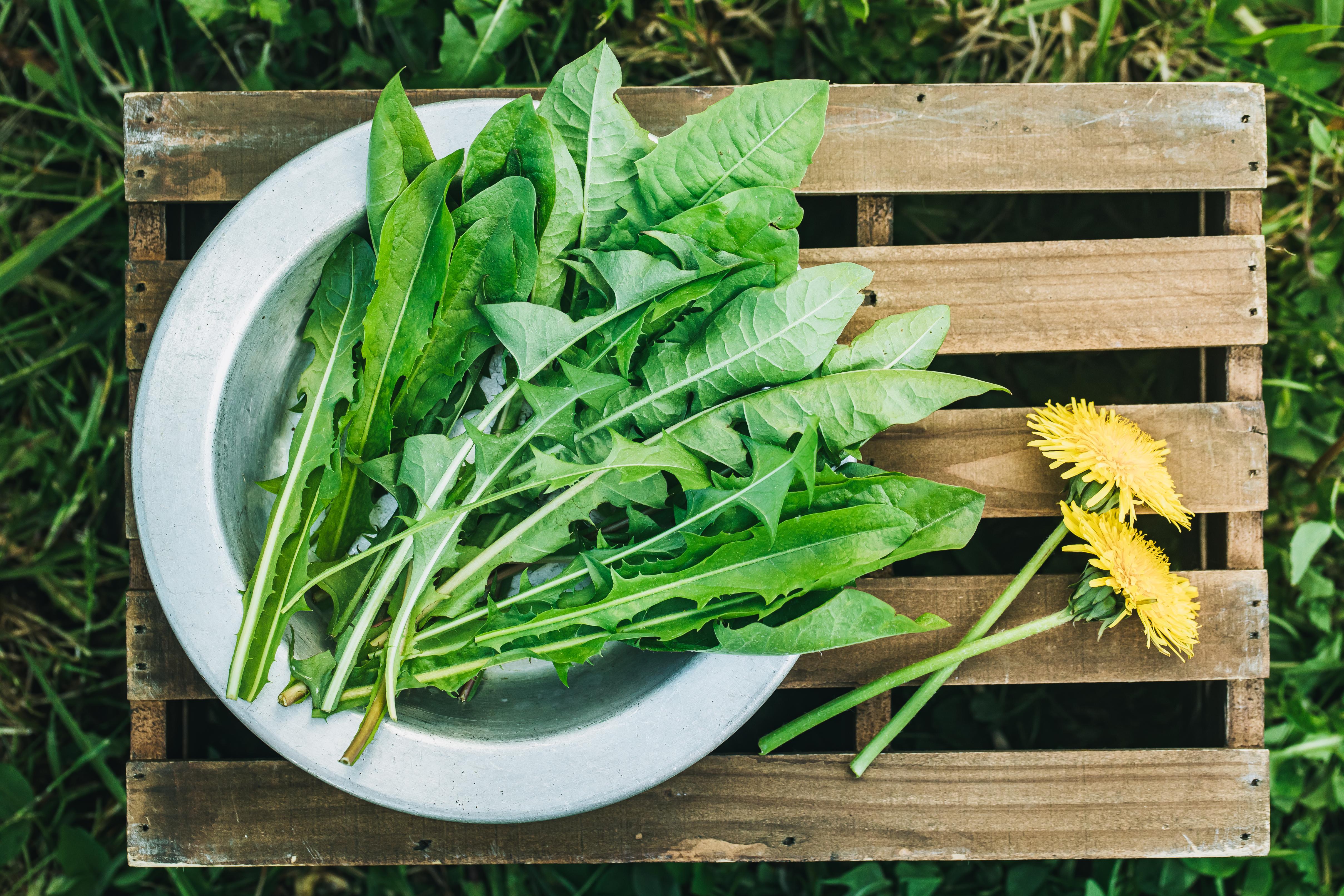
Often considered a pesky weed, dandelion greens are a nutritional powerhouse. Rich in vitamins A, C, and K, as well as minerals like iron and calcium, these greens are also an excellent source of prebiotic fibers. The bitter compounds in dandelion greens stimulate digestion and bile production, aiding in the breakdown of fats. Their high inulin content supports the growth of beneficial gut bacteria, which can improve digestion and nutrient absorption. Incorporating dandelion greens into your diet can be as simple as adding them to salads, smoothies, or sautés. Their slightly bitter flavor pairs well with sweet and savory ingredients, making them a versatile addition to any meal.
4. Garlic: The Flavorful Prebiotic
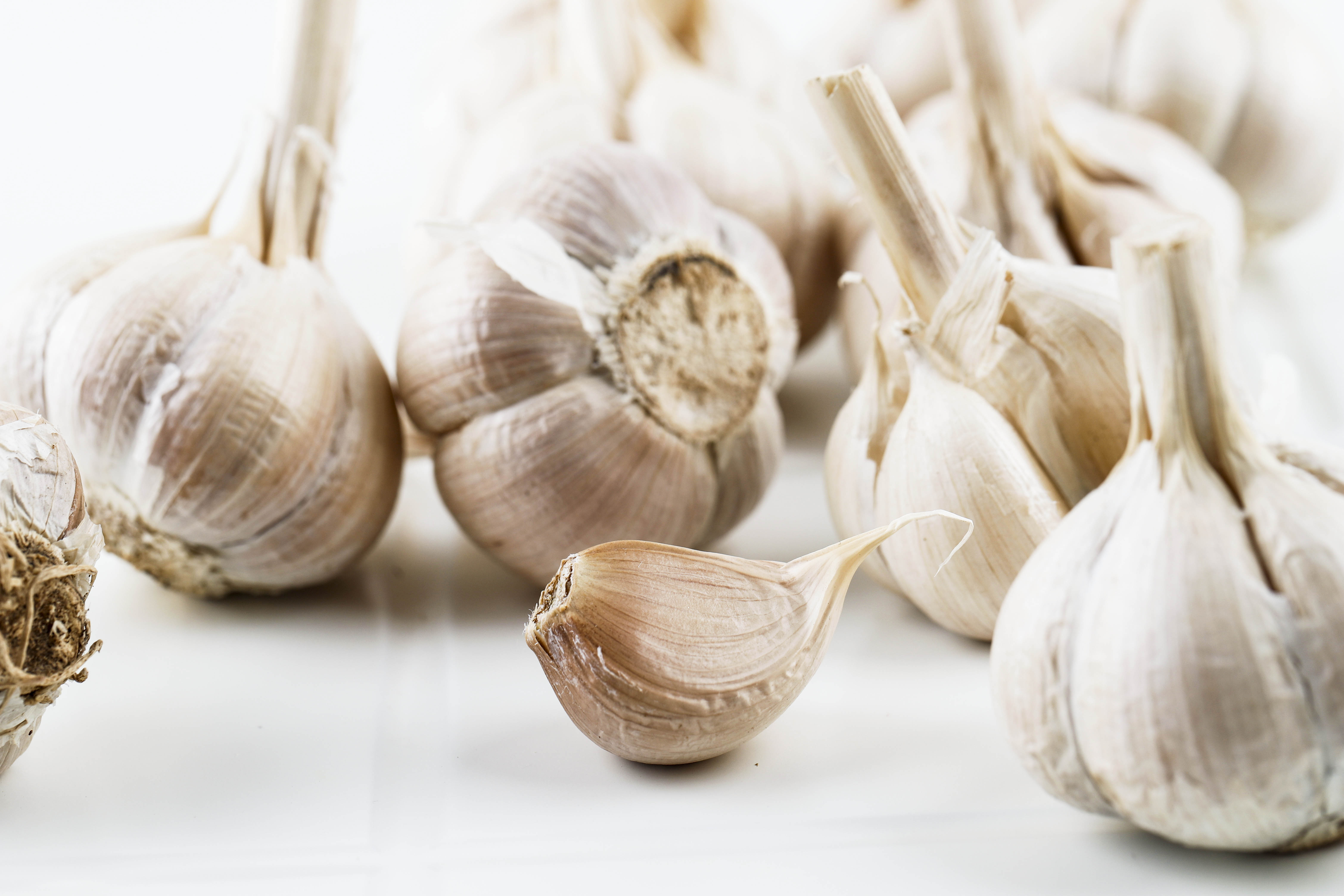
Garlic is a staple in kitchens worldwide, prized for its pungent flavor and numerous health benefits. It contains a type of prebiotic fiber known as fructooligosaccharides (FOS), which promote the growth of beneficial bacteria such as Lactobacillus and Bifidobacteria. Regular consumption of garlic has been linked to improved gut health, reduced inflammation, and enhanced immune function. Its antimicrobial properties also help in maintaining a balanced gut microbiome by inhibiting the growth of harmful bacteria. Garlic can be used in a myriad of ways, from raw in dressings and dips to cooked in sauces and roasts, making it an easy and delicious way to boost your intake of prebiotics.
5. Onions: Layers of Benefits
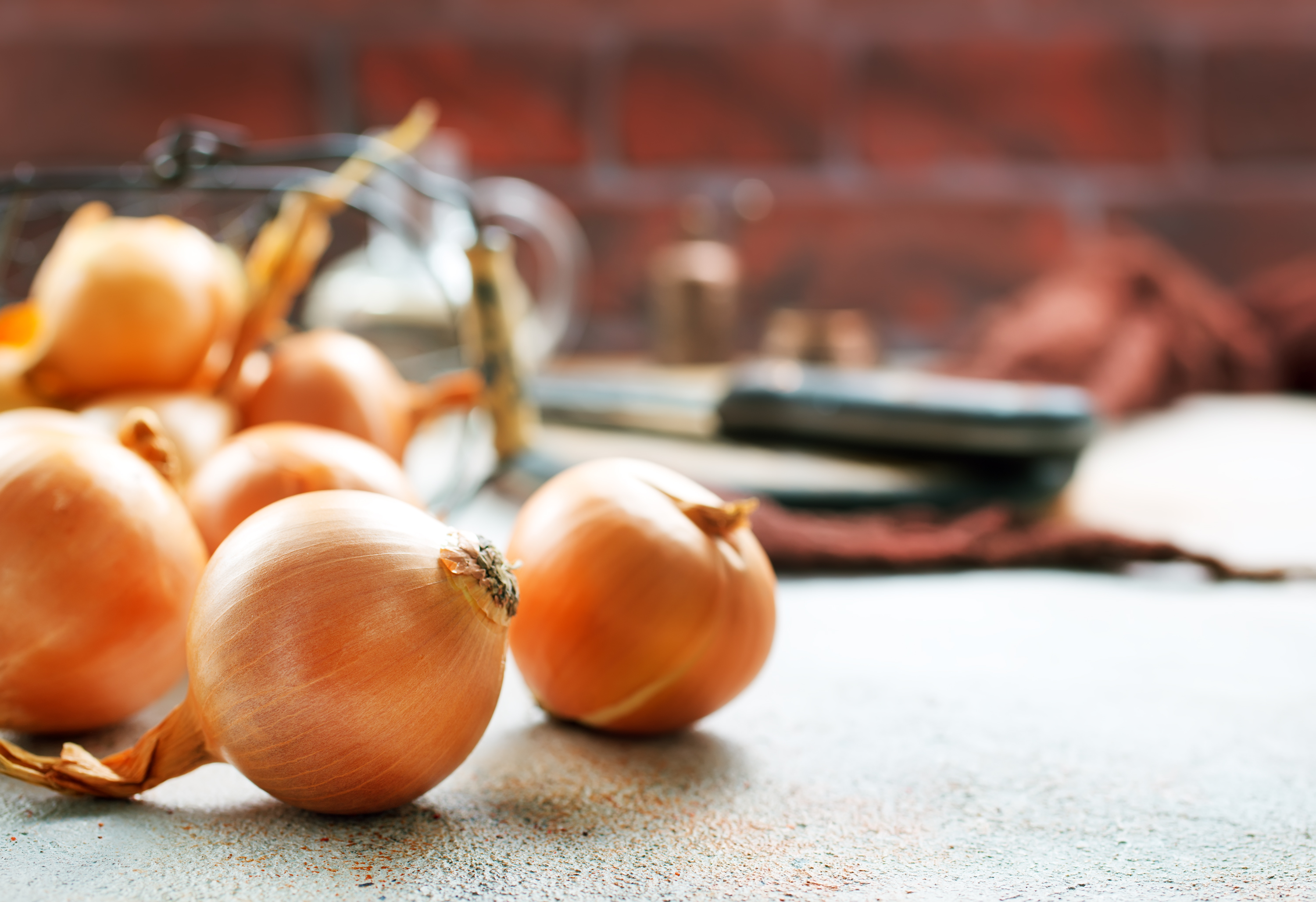
Closely related to garlic, onions are another excellent source of prebiotics, particularly FOS and inulin. These fibers not only support gut health but also help regulate blood sugar levels and improve heart health by lowering cholesterol. Onions have been shown to increase the production of nitric oxide, a compound that aids in blood vessel dilation and improves circulation. Their versatile flavor profile makes them a staple in countless dishes, from soups and stews to salads and sandwiches. Whether consumed raw or cooked, onions provide a host of health benefits while enhancing the flavor of your meals.
6. Leeks: The Gentle Giant
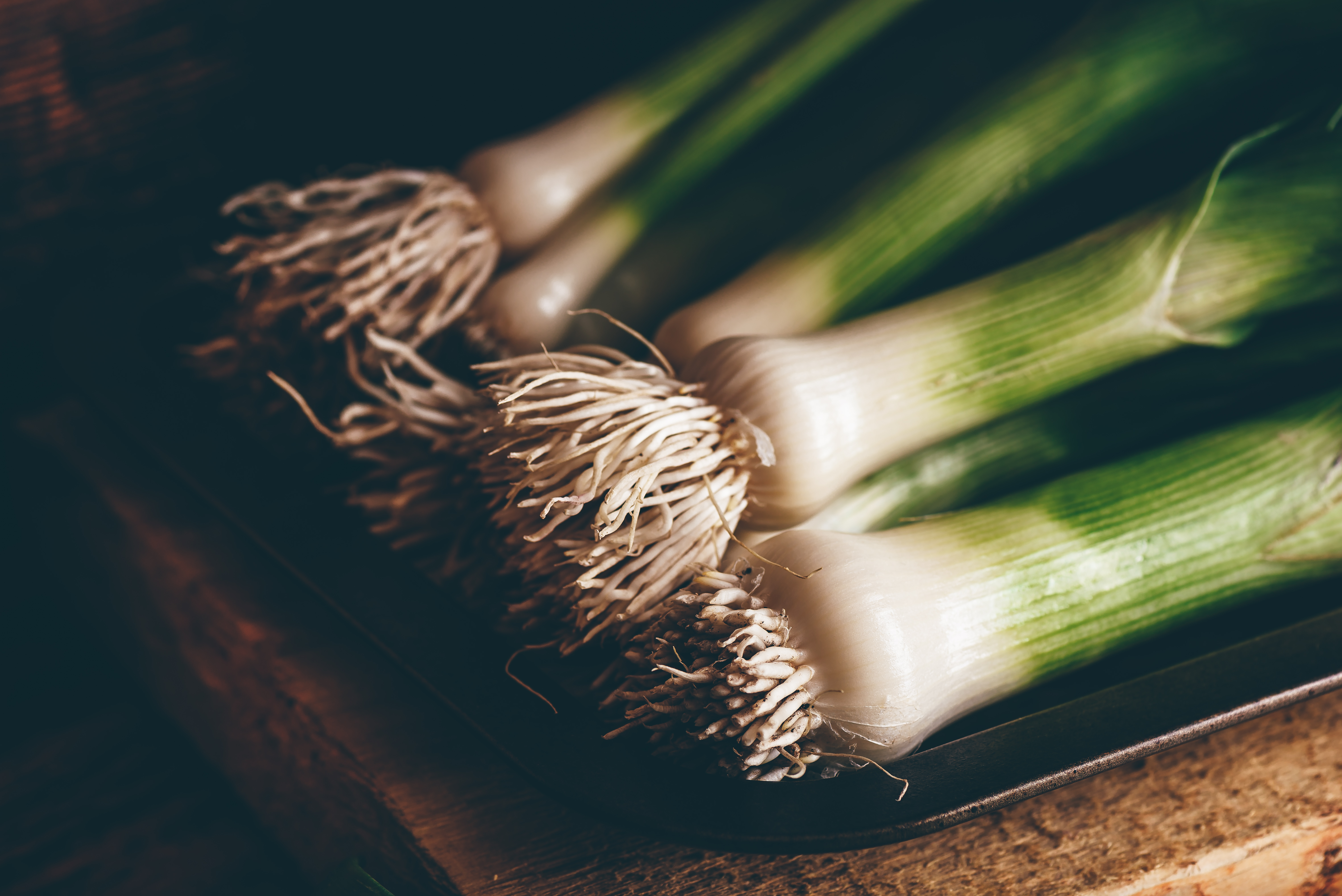
Leeks, a member of the allium family alongside garlic and onions, offer a milder flavor with similar prebiotic benefits. They are rich in inulin and FOS, which nourish beneficial gut bacteria and support digestive health. Leeks also contain kaempferol, a flavonoid with anti-inflammatory and antioxidant properties, which may reduce the risk of chronic diseases. Their subtle taste makes them an excellent addition to soups, stews, and stir-fries, where they can complement other ingredients without overpowering them. Incorporating leeks into your diet can enhance both the nutritional value and flavor of your meals, promoting a healthier gut along the way.
7. Asparagus: The Springtime Superfood
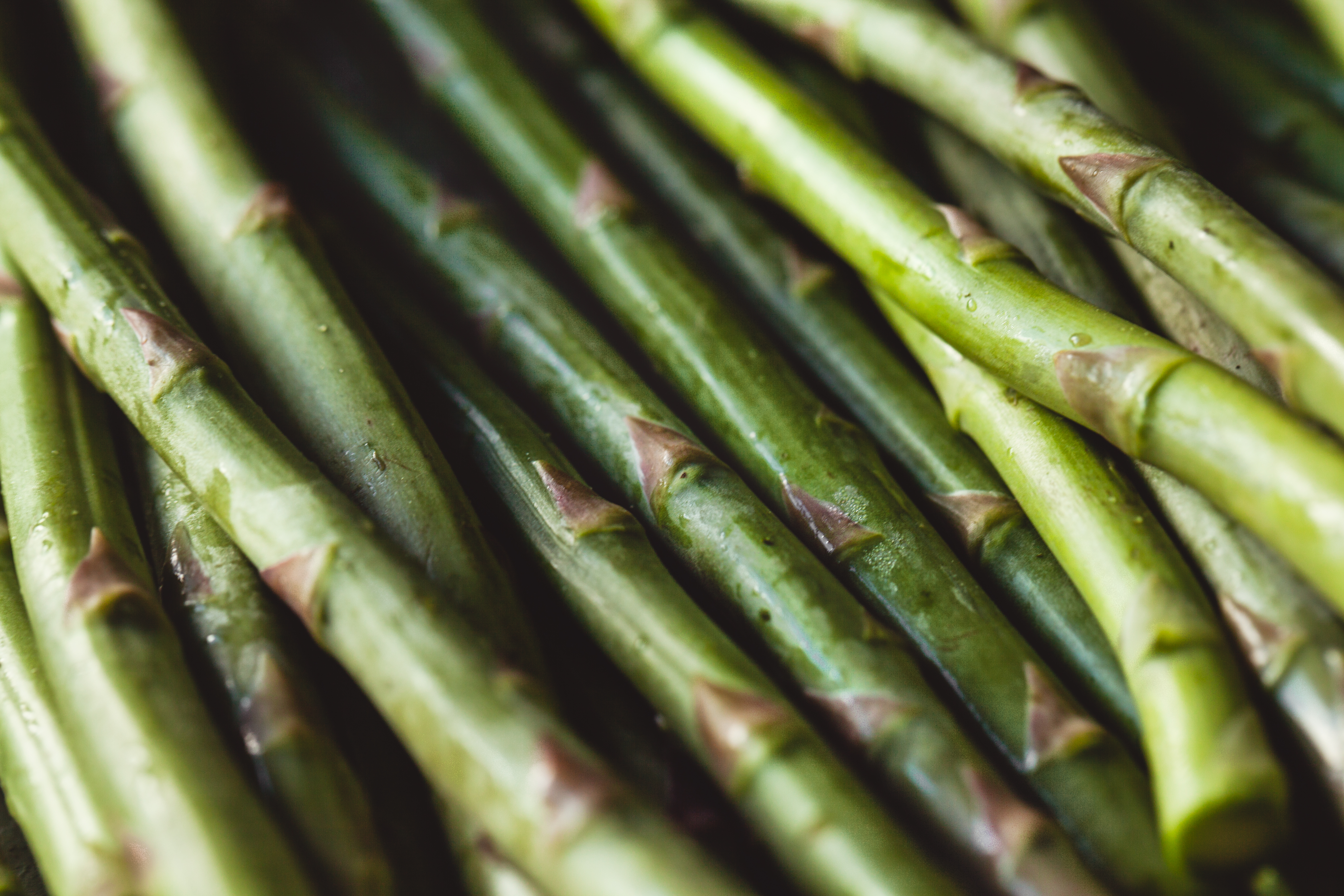
Asparagus is a beloved spring vegetable known for its tender spears and delicate flavor. It is also a potent source of prebiotics, particularly inulin, which supports a healthy gut microbiome. Asparagus is rich in vitamins A, C, E, and K, as well as folate and trace minerals like chromium, which aids in insulin regulation. The antioxidants in asparagus help combat oxidative stress, reducing inflammation and supporting overall health. This versatile vegetable can be enjoyed grilled, roasted, steamed, or raw, making it easy to incorporate into a variety of dishes. By adding asparagus to your diet, you can enjoy its numerous health benefits while supporting a happy gut.
8. Bananas: The Convenient Prebiotic
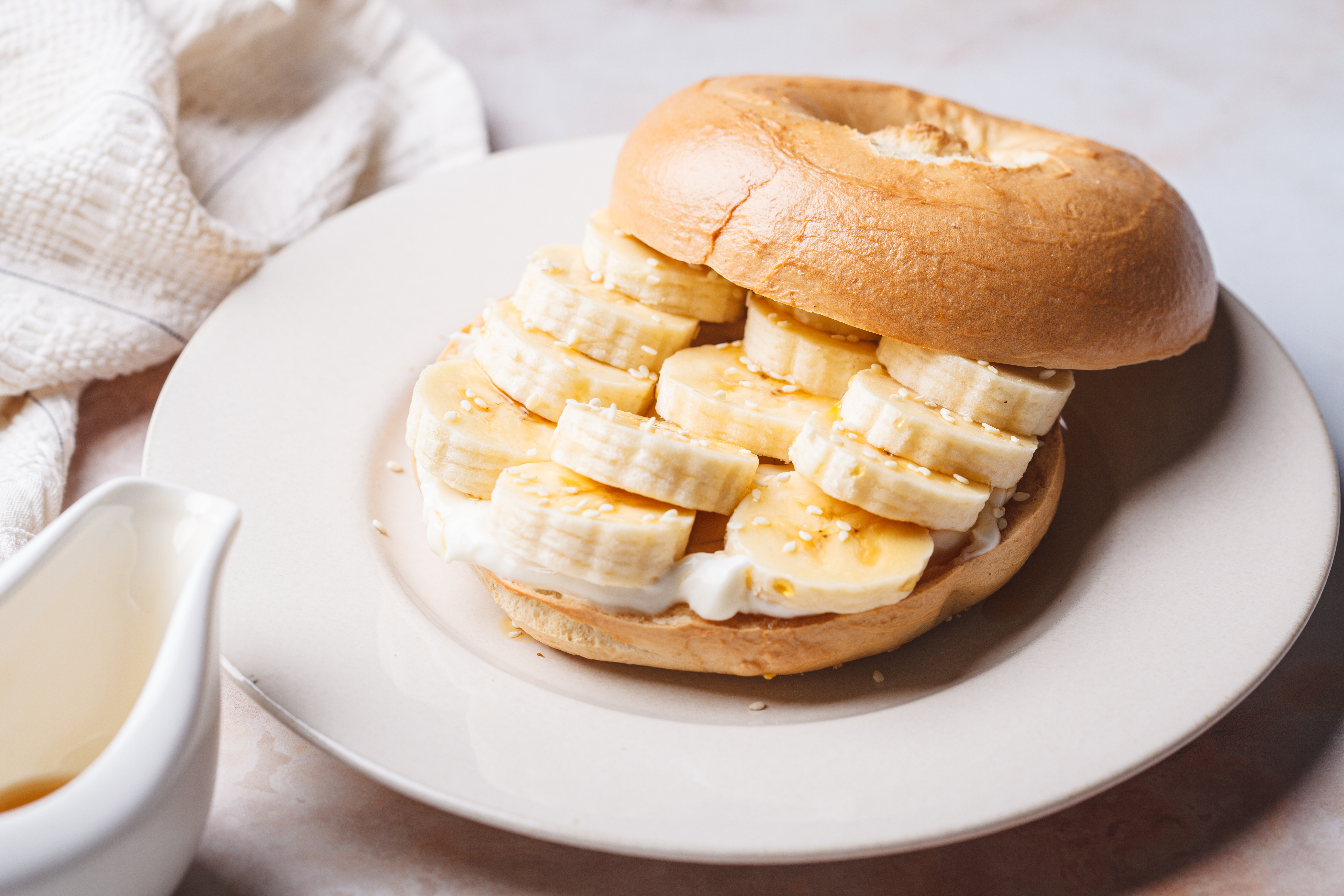
Bananas are a convenient and widely available source of prebiotics, particularly resistant starch, which acts as a food source for beneficial gut bacteria. This type of starch resists digestion in the small intestine, reaching the colon where it ferments and produces short-chain fatty acids. These fatty acids support digestive health by nourishing the gut lining and reducing inflammation. Bananas are also rich in potassium, vitamin C, and vitamin B6, which contribute to overall health. Their natural sweetness makes them a popular choice for smoothies, snacks, and desserts, providing a delicious way to boost your prebiotic intake.
9. Barley: The Ancient Grain
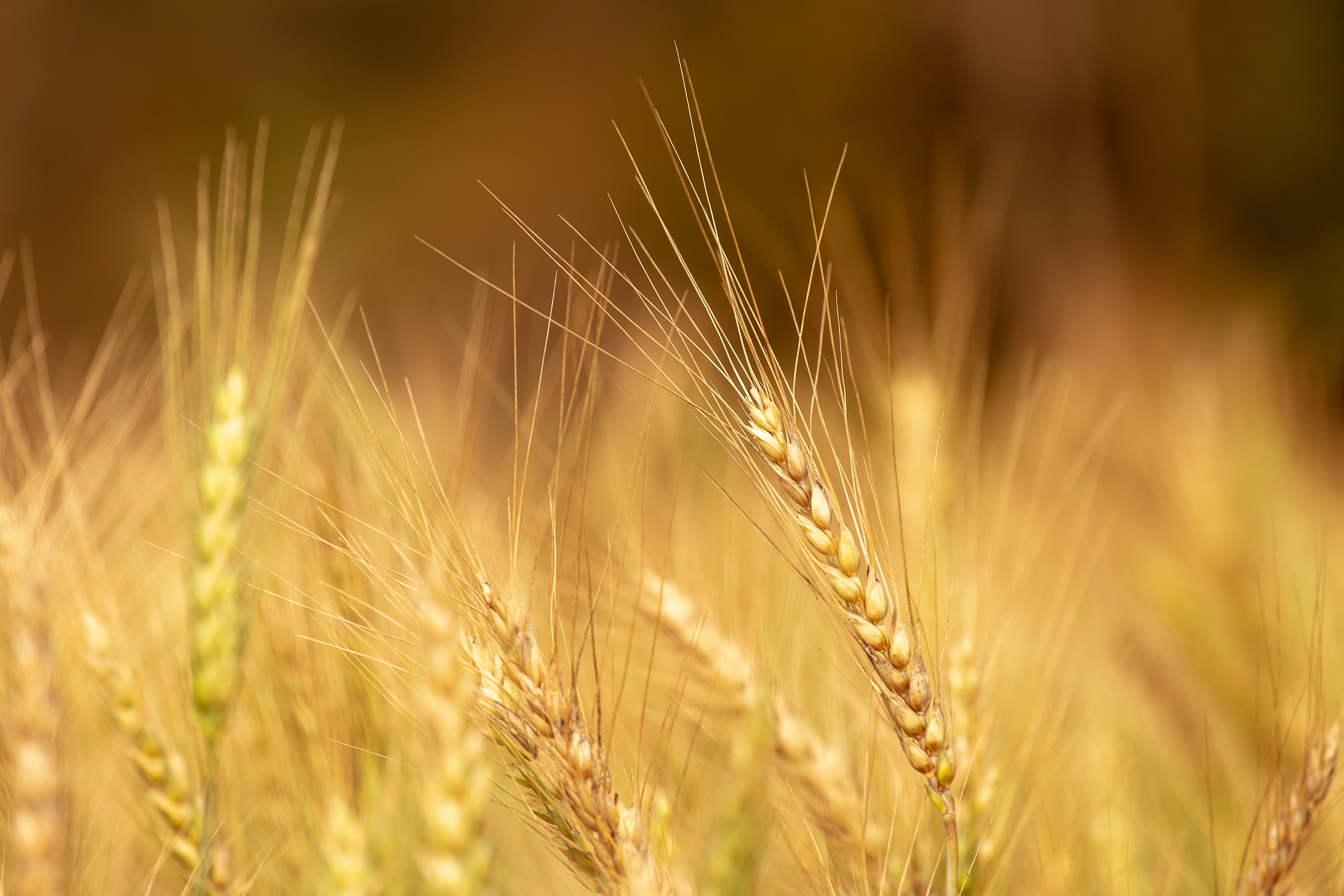
Barley is an ancient grain that has been cultivated for thousands of years. It is a rich source of beta-glucan, a type of soluble fiber with prebiotic properties that supports gut health by promoting the growth of beneficial bacteria. Barley also contains vitamins and minerals such as selenium, manganese, and phosphorus, which are essential for maintaining overall health. Its nutty flavor and chewy texture make it a versatile ingredient in soups, stews, salads, and side dishes. Incorporating barley into your diet can improve digestion, support cardiovascular health, and provide a steady source of energy throughout the day.
10. Oats: The Breakfast Staple

Oats are a breakfast staple known for their heart-healthy benefits. They are rich in beta-glucan, a soluble fiber that acts as a prebiotic, supporting the growth of beneficial gut bacteria. Oats have been shown to lower cholesterol levels, regulate blood sugar, and promote satiety, making them an excellent choice for those looking to maintain a healthy weight. Their versatility allows them to be used in a variety of dishes, from oatmeal and granola to baked goods and smoothies. By incorporating oats into your diet, you can enjoy their numerous health benefits while supporting a happy and healthy gut.
11. Apples: The Everyday Prebiotic
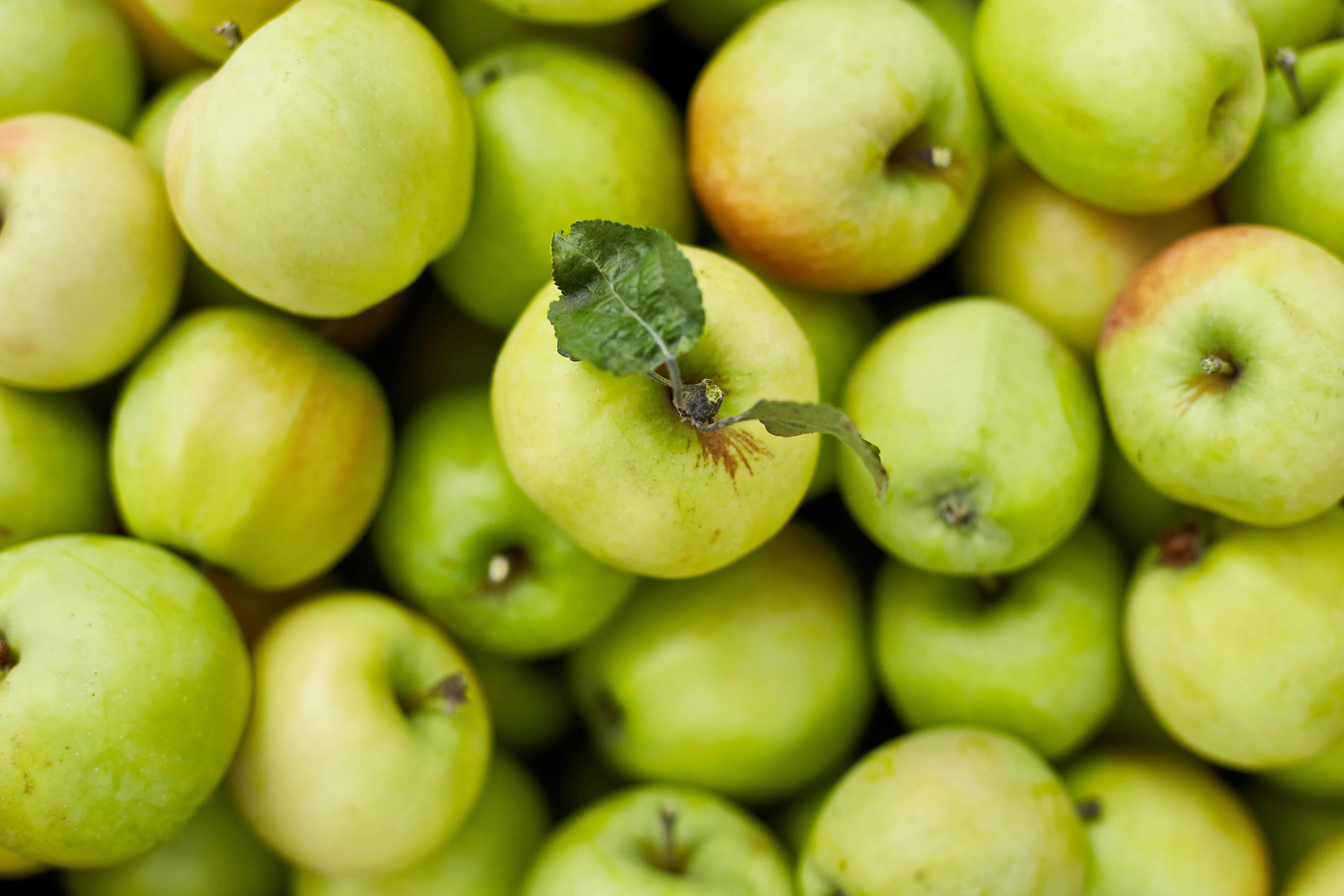
Apples are a beloved fruit known for their crisp texture and sweet-tart flavor. They are a rich source of pectin, a type of soluble fiber with prebiotic properties that supports gut health by nourishing beneficial bacteria. Pectin also helps regulate digestion, reduce cholesterol levels, and improve blood sugar control. Apples are packed with vitamins and antioxidants, which contribute to overall health and well-being. Their versatility makes them a popular choice for snacks, salads, desserts, and beverages. By enjoying apples regularly, you can support a healthier gut and enjoy their delightful taste.
12. Seaweed: The Ocean’s Gut Booster
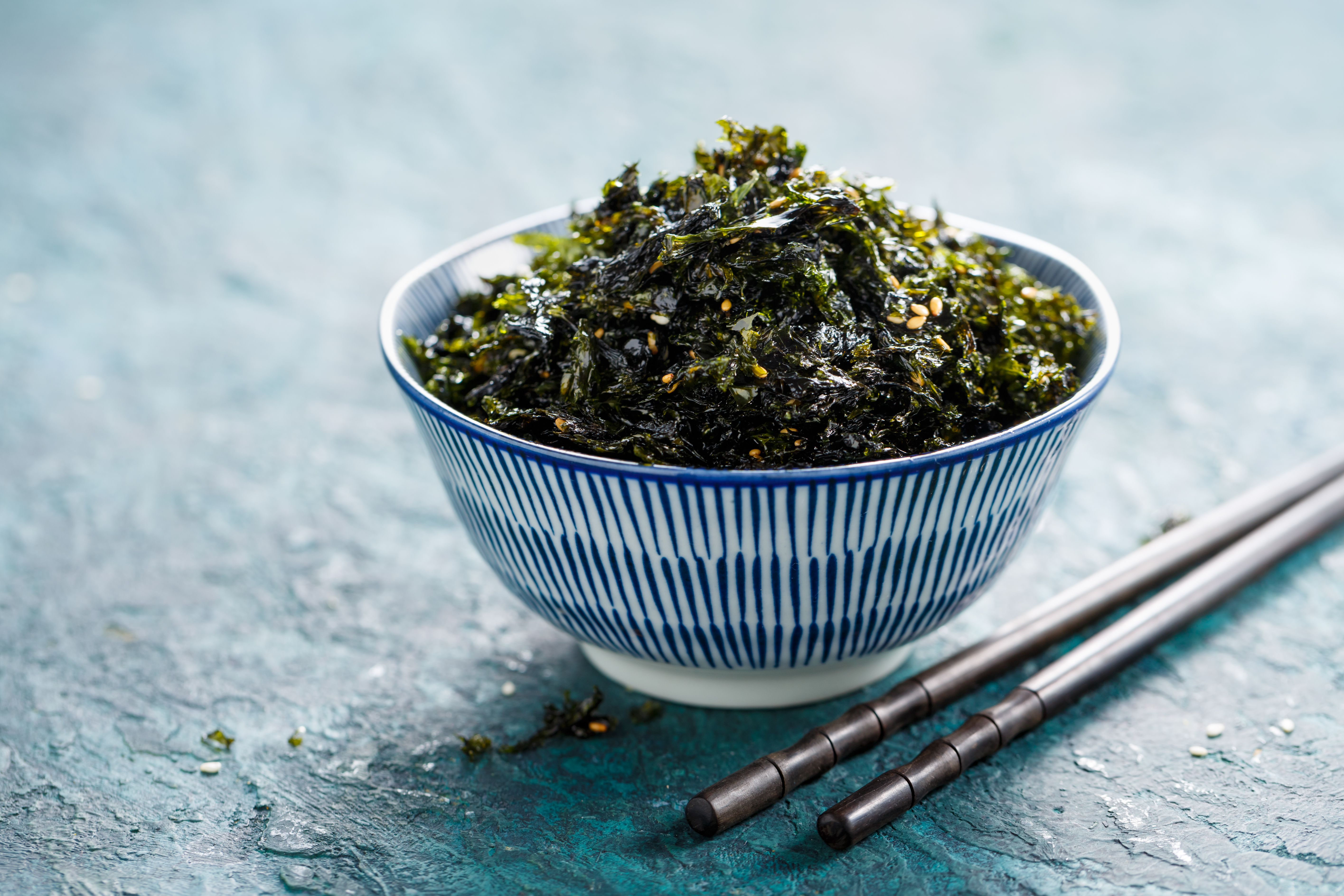
Seaweed isn’t just for sushi—it’s a prebiotic powerhouse. Rich in polysaccharides like fucoidan and laminarin, seaweed feeds beneficial gut bacteria while also exhibiting antiviral and anti-inflammatory properties. Its fiber content helps regulate digestion and supports the growth of Bifidobacteria and Lactobacillus. Varieties like nori, wakame, and kombu add umami flavor to soups, salads, and rice dishes. Seaweed also contains iodine, vital for thyroid health, making it a multitasking superfood. Because it’s often overlooked in Western diets, incorporating even small amounts regularly can have a big impact on your gut microbiome and overall wellness.
13. Cocoa: A Sweet Surprise for Your Microbiome

Cocoa isn't just a treat—it’s a gut health secret. High in polyphenols and soluble fiber, raw cacao supports the growth of beneficial bacteria like Lactobacillus and Bifidobacterium. These polyphenols are fermented in the colon, enhancing microbial diversity while reducing inflammation. A small square of dark chocolate (70% or higher) can deliver these benefits in a delightfully indulgent way. Add raw cacao to smoothies, oatmeal, or homemade granola for a prebiotic punch. Just steer clear of overly processed chocolates, which cancel out the benefits with excess sugar. For a healthier gut, cocoa is a surprisingly sweet addition to your routine.
14. Green Peas: Humble but Mighty
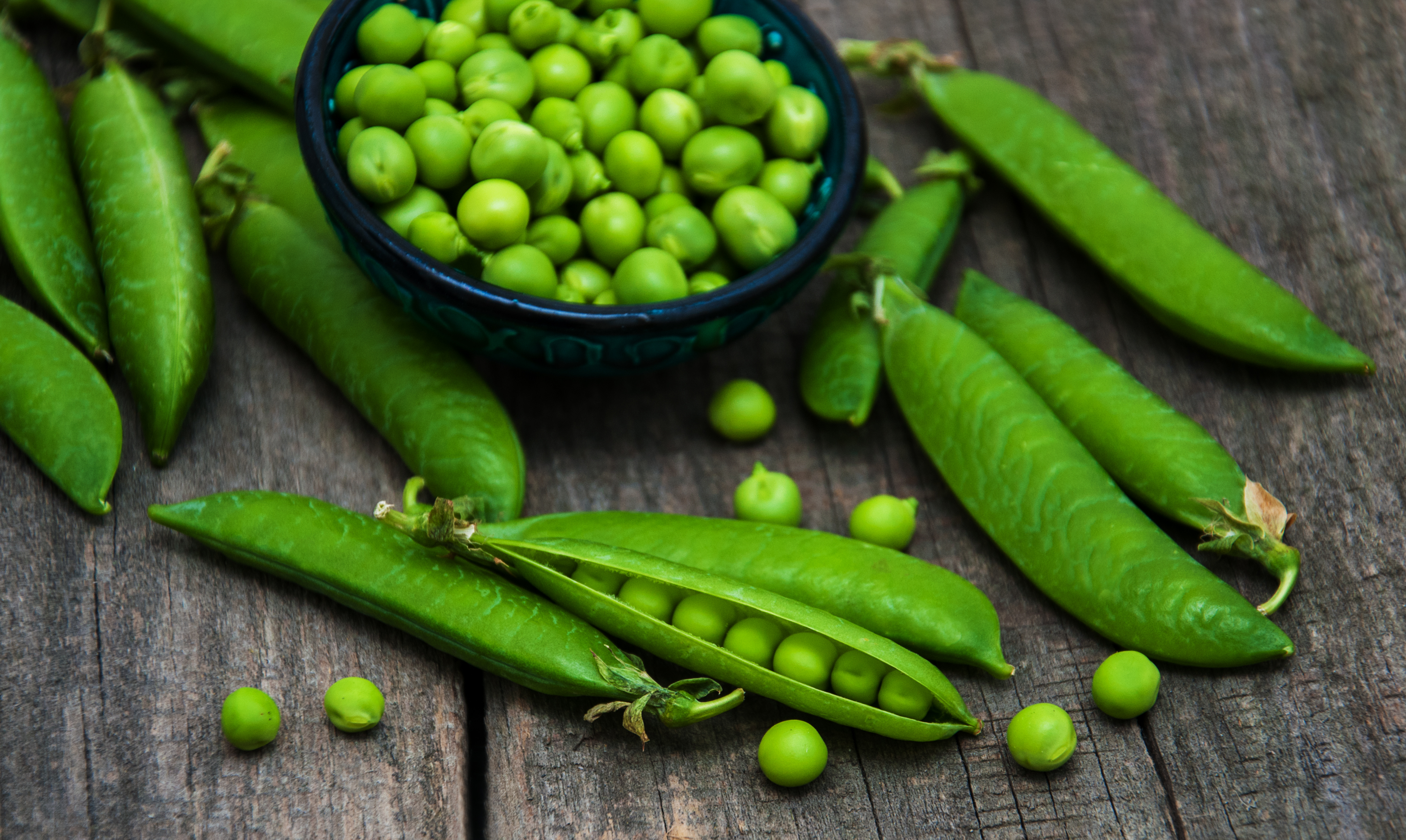
Often dismissed as an ordinary side dish, green peas are rich in prebiotic fibers like resistant starch and oligosaccharides. These nutrients support the growth of good gut bacteria while improving regularity and digestive comfort. Peas also deliver plant-based protein, antioxidants, and essential nutrients like folate and vitamin K. They’re incredibly versatile—blend them into soups, toss into salads, or mash into spreads. Frozen peas retain most of their nutritional value, making them a convenient year-round option. Don’t underestimate the power of this small but mighty legume—it’s an easy, tasty way to nourish your gut and upgrade your meals.
15. Konjac Root: The Fiber Giant

Konjac root, often used to make shirataki noodles, is incredibly high in glucomannan, a soluble fiber with potent prebiotic effects. Glucomannan absorbs water and expands in the digestive tract, promoting satiety, supporting bowel movements, and feeding beneficial gut microbes. It’s nearly calorie-free but delivers major health perks, including improved blood sugar regulation and cholesterol control. Use konjac-based noodles in stir-fries, soups, or pasta alternatives. Because of its high water-holding capacity, start with small portions and drink plenty of water. Konjac is a functional food that proves gut-friendly eating can be both effective and surprisingly satisfying.
16. Jicama: The Crunchy Gut Cleanser
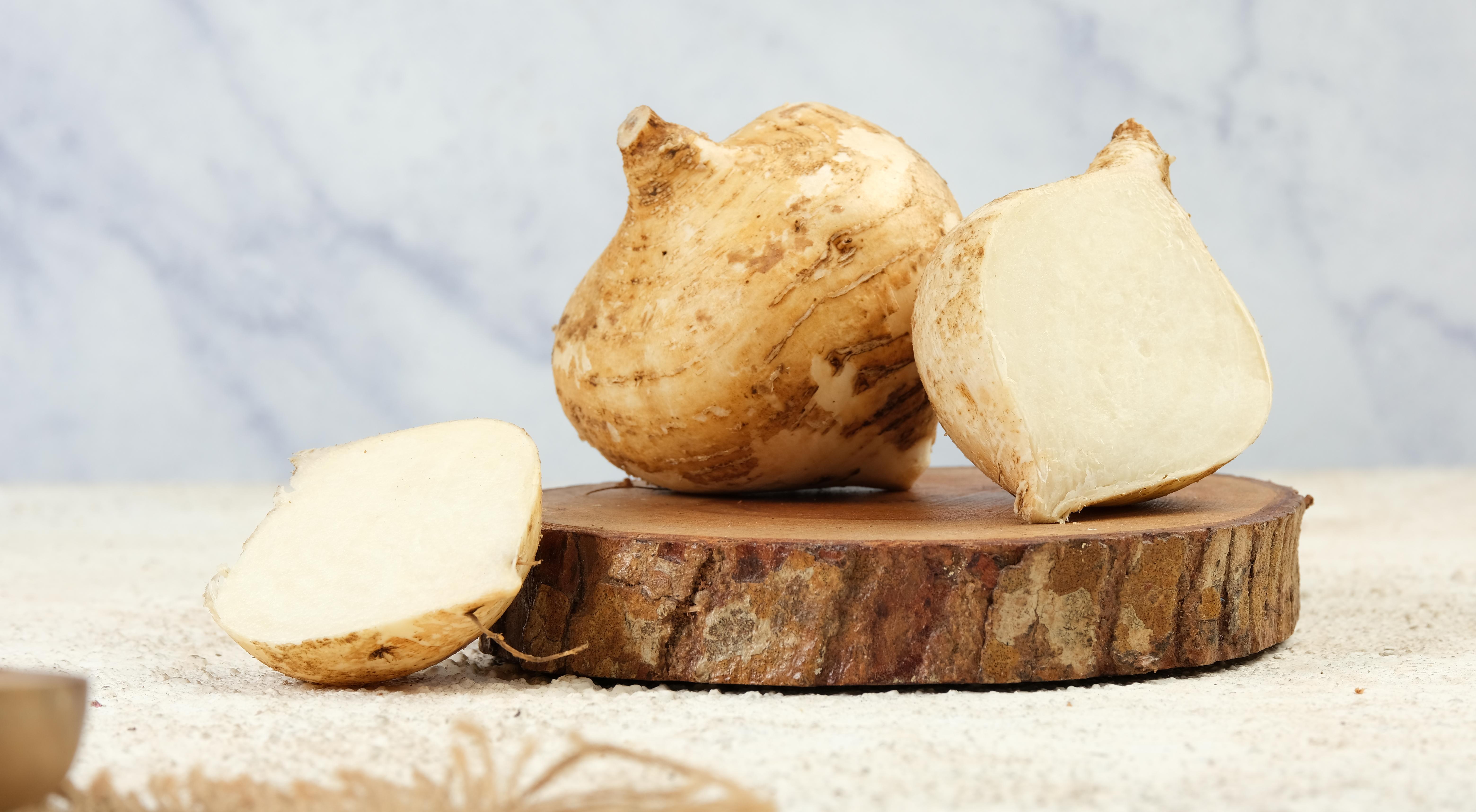
Jicama, also known as Mexican yam bean, is a crunchy, refreshing root vegetable loaded with inulin—a powerful prebiotic fiber. It promotes the growth of healthy gut bacteria while helping regulate blood sugar and cholesterol levels. With a slightly sweet, nutty flavor and crisp texture, jicama is perfect for raw snacking, tossing into salads, or pairing with lime and chili for a tangy treat. Low in calories but high in water and fiber, it supports digestion while keeping you hydrated. If you’re looking for a fun, crunchy way to heal your gut, jicama might just become your new favorite veggie.
17. Flaxseeds: Small Seeds, Big Benefits

Flaxseeds are tiny nutritional titans packed with soluble fiber and lignans—plant compounds that act as antioxidants and prebiotics. Their mucilage content forms a gel-like substance in the gut, soothing digestion and supporting the growth of good bacteria. Ground flaxseeds are more digestible than whole, making them ideal for smoothies, oatmeal, and baking. They also support heart health by lowering LDL cholesterol and regulating blood sugar. With a mild, nutty taste and powerful digestive benefits, flaxseeds are a gut-friendly addition to your daily routine—just be sure to drink plenty of water to maximize their fiber-powered perks.
18. Celeriac: The Underrated Root
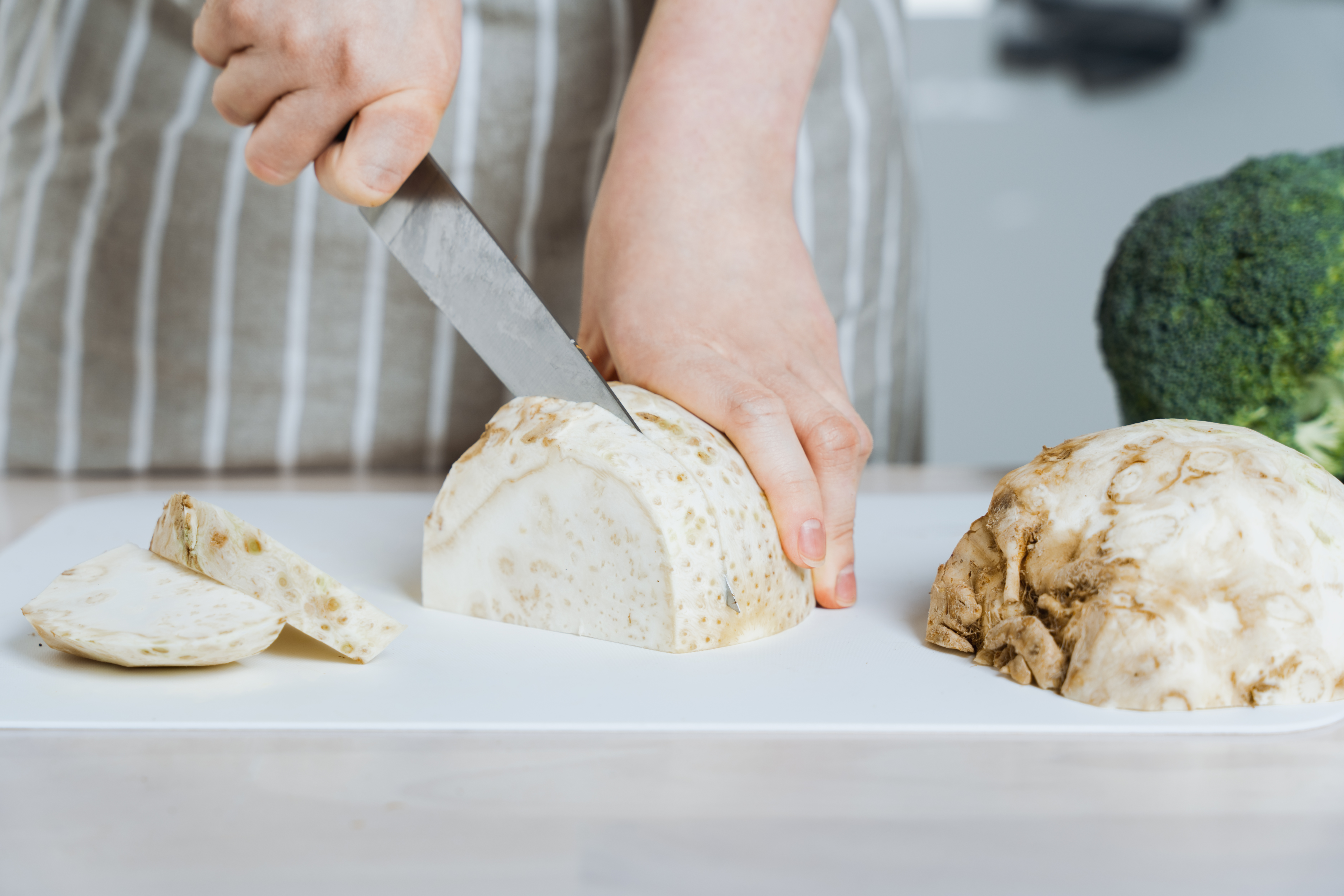
Celeriac, or celery root, is a fiber-rich root vegetable that deserves more love. It contains both soluble and insoluble fibers, feeding good bacteria while promoting digestive regularity. Celeriac is also packed with antioxidants, vitamin K, and phosphorus. Its earthy, slightly nutty flavor makes it an excellent addition to soups, purees, and salads. When roasted, it becomes sweet and tender—an ideal comfort food with prebiotic benefits. Despite its gnarly exterior, celeriac offers gut-healing goodness with every bite. Add it to your winter rotation for a grounding, nourishing ingredient that quietly supports a thriving digestive ecosystem.
19. Lentils: The Gut-Friendly Legume
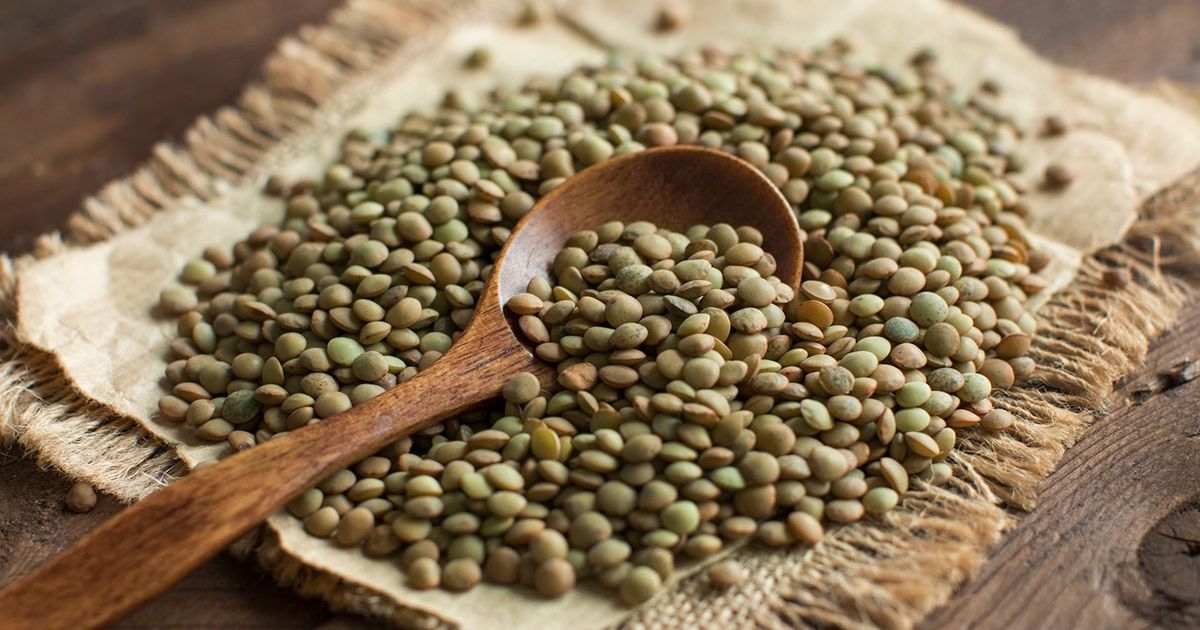
Lentils are an affordable, fiber-packed staple loaded with resistant starch and oligosaccharides—both powerful prebiotics. They help feed healthy gut bacteria, regulate bowel movements, and support sustained energy release. Lentils are also high in protein, iron, and folate, making them a nutritional powerhouse. Red, green, black, or brown—each variety brings its own texture and flavor to soups, stews, salads, and even veggie burgers. Their versatility and gut-friendly fiber make them an easy win for digestive health. Incorporate lentils regularly to nourish your microbiome, support metabolic function, and add hearty satisfaction to your meals.
20. Parsnips: The Winter Root You Need

Parsnips may look like pale carrots, but they pack a distinctively sweet, earthy flavor and impressive prebiotic punch. Rich in soluble fiber and inulin, parsnips help fuel beneficial gut bacteria and support smoother digestion. They also contain vitamin C, manganese, and folate, contributing to immune and metabolic health. Roast them for caramelized sweetness, mash them as a potato alternative, or spiralize them for a fiber-rich pasta swap. Especially in colder months, parsnips add warmth, depth, and prebiotic value to your plate. For a comforting gut reset, don’t skip this underappreciated root vegetable.
21. Plantains: The Starchy Gut Guardian
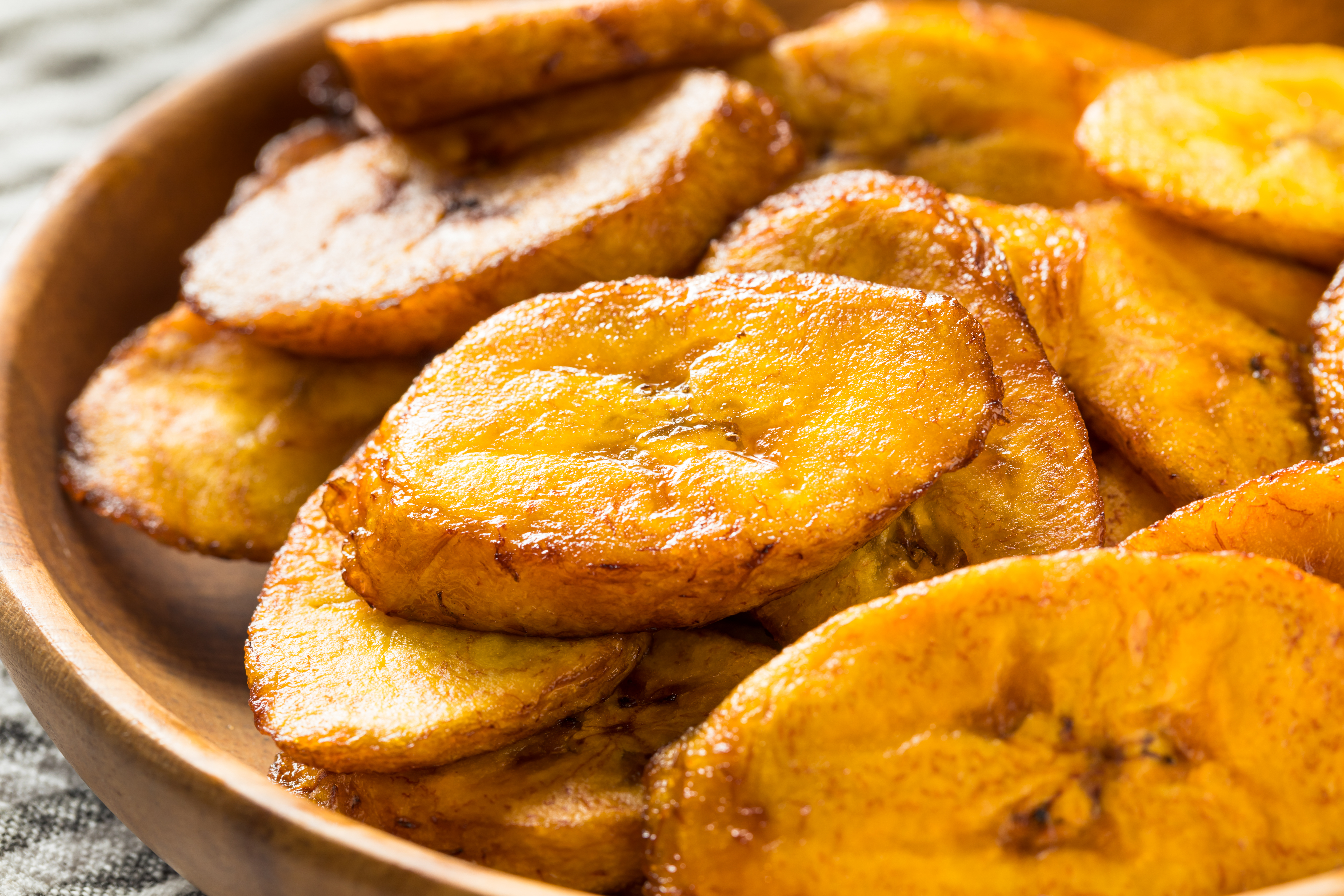
Plantains, especially when green, are a fantastic source of resistant starch—a prebiotic that feeds gut-friendly bacteria and supports colon health. Unlike sweet bananas, plantains are more starchy and versatile in savory dishes. They can be baked, boiled, or sautéed into satisfying sides or mains. Resistant starch also helps regulate blood sugar, improve insulin sensitivity, and reduce inflammation. Pair them with black beans or leafy greens for a fiber-rich, nutrient-dense meal that satisfies the stomach and the microbiome. If you haven’t experimented with plantains yet, your gut might be missing out on one of nature’s tastiest functional foods.
Your gut isn’t just where digestion happens—it’s where wellness begins. Every bite you take either feeds dysfunction or fosters balance. While probiotics often steal the spotlight, prebiotics are the quiet architects of gut health—laying the foundation, fueling the good bacteria, and shaping a resilient microbiome from within. This expanded list of 21 weird and wonderful prebiotic foods goes far beyond the usual suspects, offering powerful, surprising ways to heal your gut naturally. Whether you’re experimenting with seaweed, adding jicama to your salads, or discovering the fiber-rich magic of lentils and parsnips, you’re not just upgrading your meals—you’re upgrading your health. A well-fed gut leads to clearer thinking, stronger immunity, better mood, and deeper sleep. So here’s to the unsung fibers, the everyday roots, and the ancient grains that do the heavy lifting behind the scenes. The journey to a healthier gut starts small—but it starts with you. Eat wisely, and let your gut thrive.